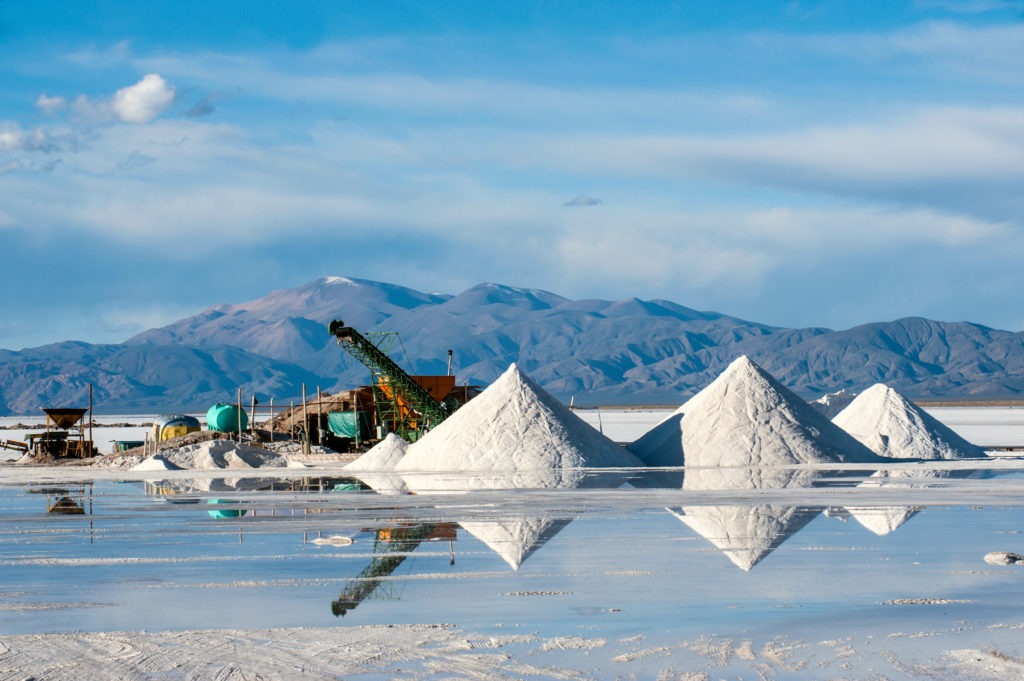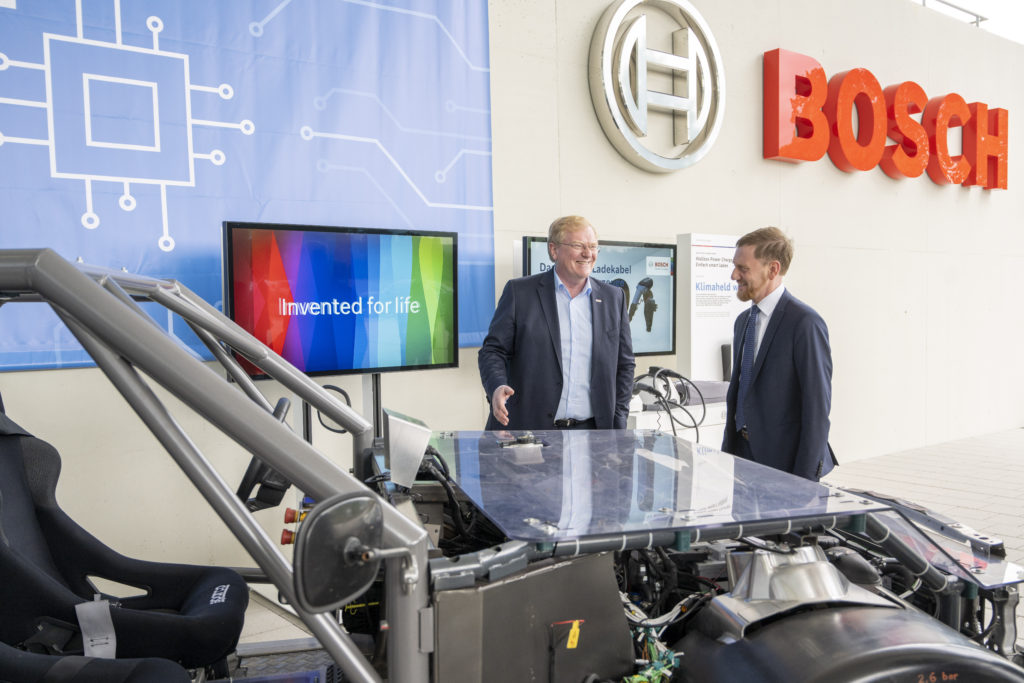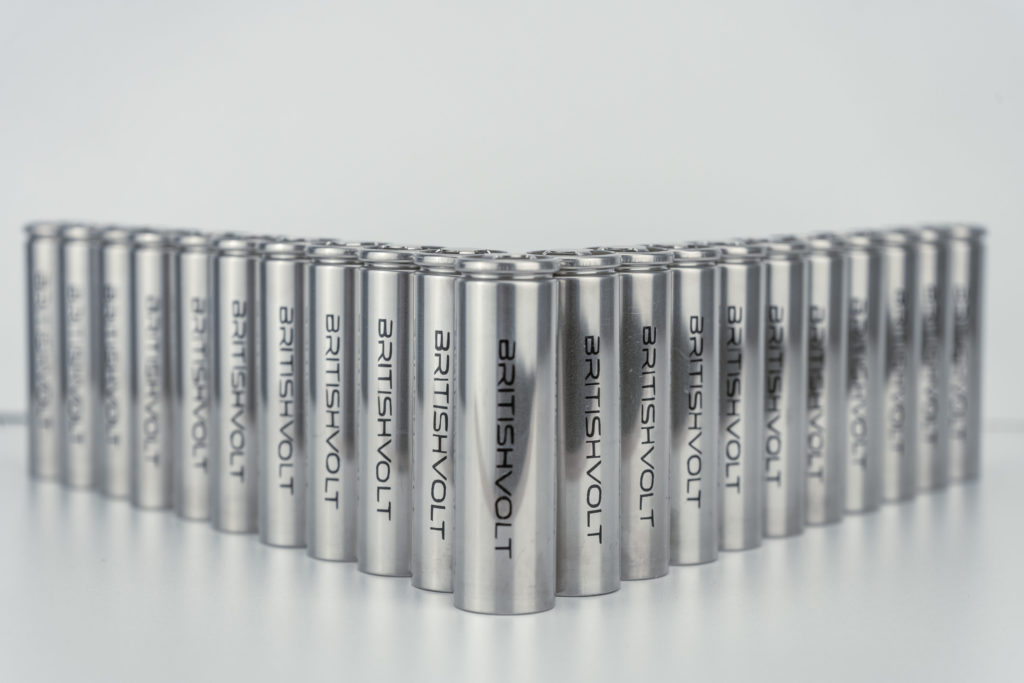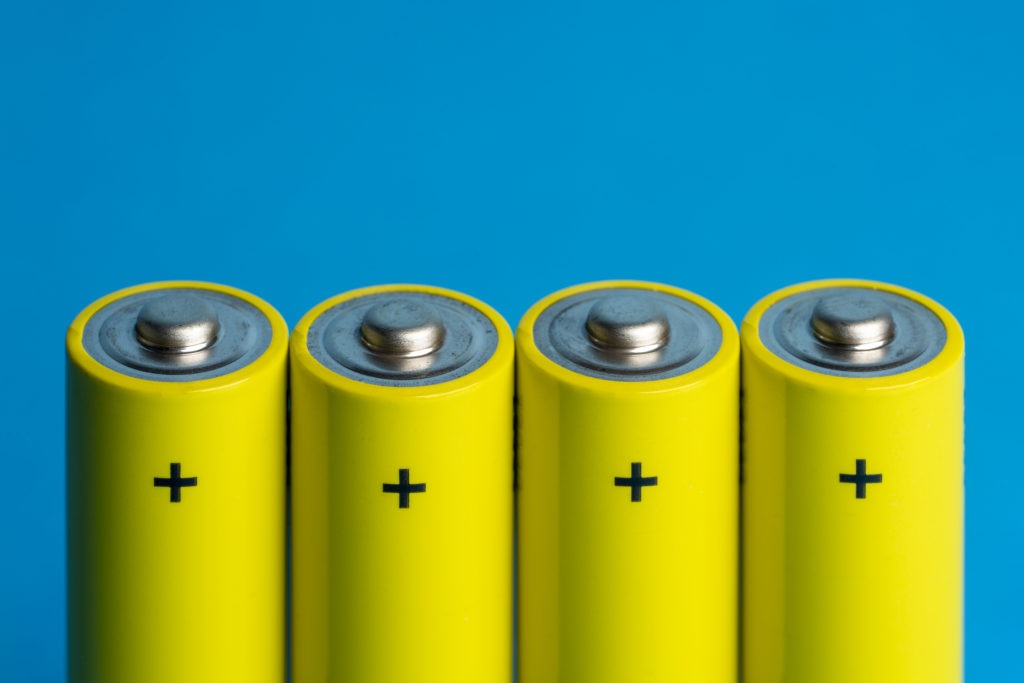Is the electric-vehicle revolution putting a strain on battery raw materials?
26 August 2022

The advanced rollout of electric vehicles (EVs) is the biggest change the automotive industry has seen since its inception. Carmakers looking to lower their overall fleet CO2 emissions and prepare for a zero-carbon future are using battery-electric vehicles (BEVs) as their opportunity to pursue a sustainable motoring route. Yet this path is not without its challenges, especially when it comes to the procurement of raw materials for batteries.
EV batteries are based on lithium-ion constructions, made up of lithium, nickel, cobalt, copper, and graphite. While the world is aware of this technology, which has been powering mobile electronic devices for years, each BEV will need a large amount of lithium-ion batteries to produce a sufficiently practical range.
Just like the semiconductor industry, the automotive market now finds itself competing with other sectors when it comes to securing supplies of the raw materials needed to build these batteries. While new technologies, such as solid-state batteries, can function without certain materials, they are still a long way from being viable alternatives. With governments and regulations pushing carmakers down a zero-emission path in a tight timeframe, lithium-ion batteries are currently the only solution.
Are there enough raw materials?
There have been concerns for decades that the world would run out of fossil fuels, driving the push for cleaner energies.
Yet there are also questions around the viable amount of raw materials available for EV batteries. The problem is not one of quantities, as there are abundant amounts of required materials. It is the ability to mine these materials that is concerning some industry figures.
In a recent webinar hosted by Autocar Business, Isobel Sheldon, chief strategy officer at Britishvolt, highlighted the problem. ‘It does not matter how much we wish to find nickel in the middle of France or Italy, it is all about geology, you find that material where you find it. Quite often there’s plenty of reserves.
‘I heard a statement from a spokesperson at Benchmark Minerals last year, saying that there is enough lithium on the planet to give everyone alive an electric vehicle for their lifetime. So, while the minerals issue is often painted as there not being enough, that is incorrect. It is about the capacity to mine, refine, and convert it.’
Speaking at the same event, Nico Cuevas, chairman and CEO of graphite provider Ubrix, added: ‘We believe there is enough raw materials, geologically speaking, as graphite is abundant. But once you actually start tuning into the jurisdictions where these potential deposits are, you need to start considering the requisites for mining. It depends on the location. For example in the US they are very mining friendly, but not as mining friendly as Canada.
For companies and countries looking to localise supply chains, including battery manufacturing, alliances are likely to become very important. If minerals cannot be mined in one location, trade routes will need to be established to ensure easier movement from mine to gigafactory.
Short term material availability
According to lobbying group Transport & Environment (T&E), there is enough lithium and nickel available to produce 14 million EVs globally in 2023, which is 55% higher than current market projections. However, with competition to secure these materials around the world, governments need to ensure they are negotiating now, or risk their markets being left behind.
‘Despite what people say, there is no shortage of lithium or nickel in Earth’s crust. It is only a shortage of political will that leaves Europe vulnerable to supply squeezes,’ Julia Poliscanova, senior director at T&E, commented.
In 2025, there would be enough lithium and nickel to build a further 21 million BEVs, even if raw material supplies tighten and remain below battery-factory capacity T&E’s study shows. This would still be 50% more than market estimates.
But while this may allow for expansion in the electric-vehicle market, the abundant reserves would not guarantee Europe could come out on top in the race to electrify its market.
‘While China and the US are flexing their policy muscle to secure supplies of critical metals, European leaders are scouring the globe for more oil,’ Poliscanova added. ‘Now is the time to focus on sourcing the sustainable raw materials the continent needs for our energy independence and a green future.’
Importance of alliances
T&E’s warning highlights the need for an unrestricted supply chain, one that also produces as few carbon emissions as possible. For governments, this means negotiating with territories that have plenty of capacity to mine materials to open trade routes. This would leave carmakers to work with governments to secure supplies for their own, or their partner gigafactories.
Both Mercedes-Benz and Volkswagen (VW) Group recently signed agreements to explore deeper cooperation across all stages of the automotive value chain – from technical development and the extraction of raw materials, to production, service life and recycling.
Part of the Memorandum of Understanding (MoU) will look at securing sustainable sources of raw materials in Canada, giving the companies access to crucial supplies for themselves, or their partners.
‘Mercedes-Benz is looking to open new ways to responsibly acquire raw materials to rapidly scale up electric vehicle production. Securing direct access to new primary and sustainable sources of raw materials is a vital step down this road. With Canada, Mercedes-Benz has a strong and capable partner to break new ground for a new era of sustainable transformation in the automotive industry,’ said Markus Schaefer, chief technology officer, responsible for research & development and procurement at Mercedes-Benz.
Olaf Scholz, Chancellor of the Federal Republic of Germany, commented on VW’s agreement: ‘I welcome that Volkswagen and Canada have signed a Memorandum of Understanding on battery value creation today. This is excellent proof that the cooperation with our close friends and allies in Canada is further deepening also in the context of raw material security and may encourage other companies to follow.’
Localised battery manufacturing will help to reduce reliance on longer supply chains, but having a direct supply of raw materials from mines and refineries into gigafactories will require more alliances, and regions will need to ensure they have agreements signed as they ramp up production.
Long term raw material supply
Although abundant, some reports suggest that there are not enough raw materials in global reserves to allow for a worldwide fleet of EVs.
A report published last year by the Geological Survey of Finland suggested that with a worldwide fleet of 1.4 billion vehicles, would require 48.2% of global nickel reserves and 43.8% of global lithium reserves, but that there are not enough cobalt reserves to meet this requirement. As the current market for EVs is small, there are not enough materials that can be refined through recycling to help alleviate the pressure on reserves.
However, this is only considering batteries for EVs. The automotive market will have to compete with the electronics industry, meaning multiple sectors will be pulling on reserves. According to the report, while there are enough global reserves of copper, reserves of nickel, cobalt, lithium and graphite would struggle to meet demand if the worldwide vehicle fleet switched suddenly. If the average lifespan of an EV battery, around eight to 10 years, is factored in, the situation could become more dire.
It must be noted, however, that it is going to take many years for the worldwide vehicle fleet to switch from internal-combustion engines to battery power. During this time, new technologies may reduce reliance on these materials. Solid-state batteries, for example, will reduce the amount of lithium and graphite needed, while providing longer ranges and faster charging. Hydrogen fuel cells will also use less of these raw materials, easing pressure on global reserves.



